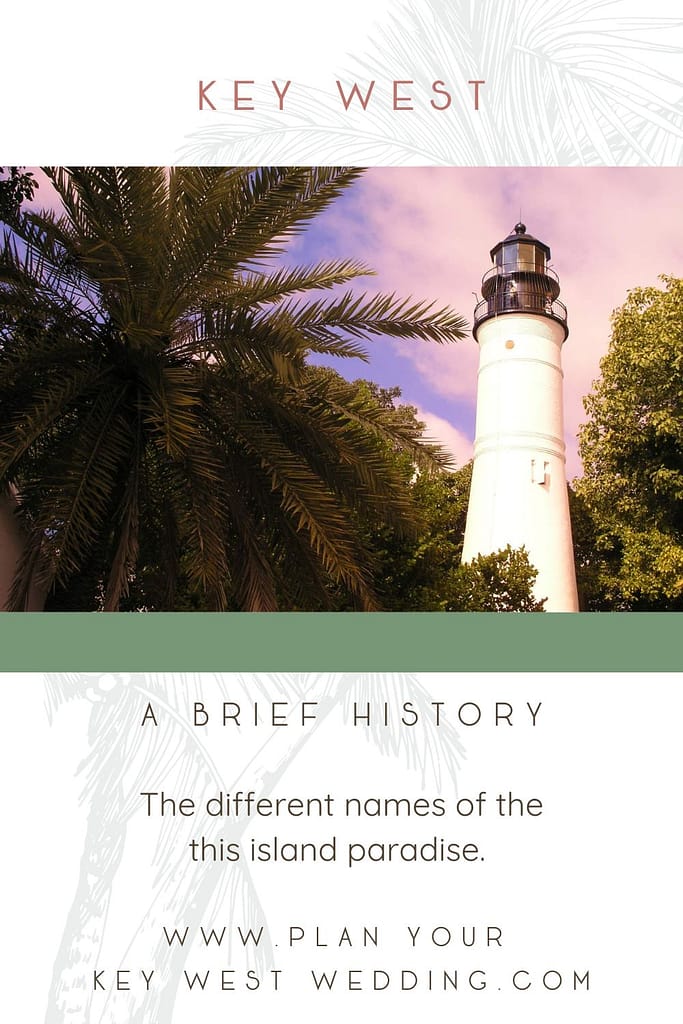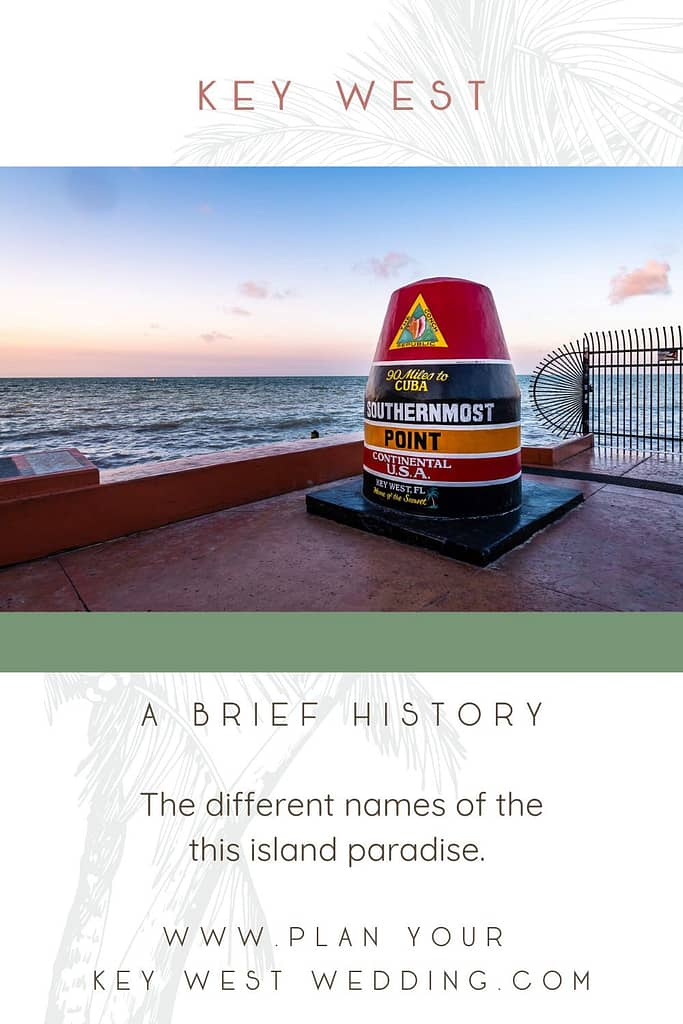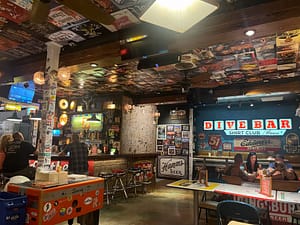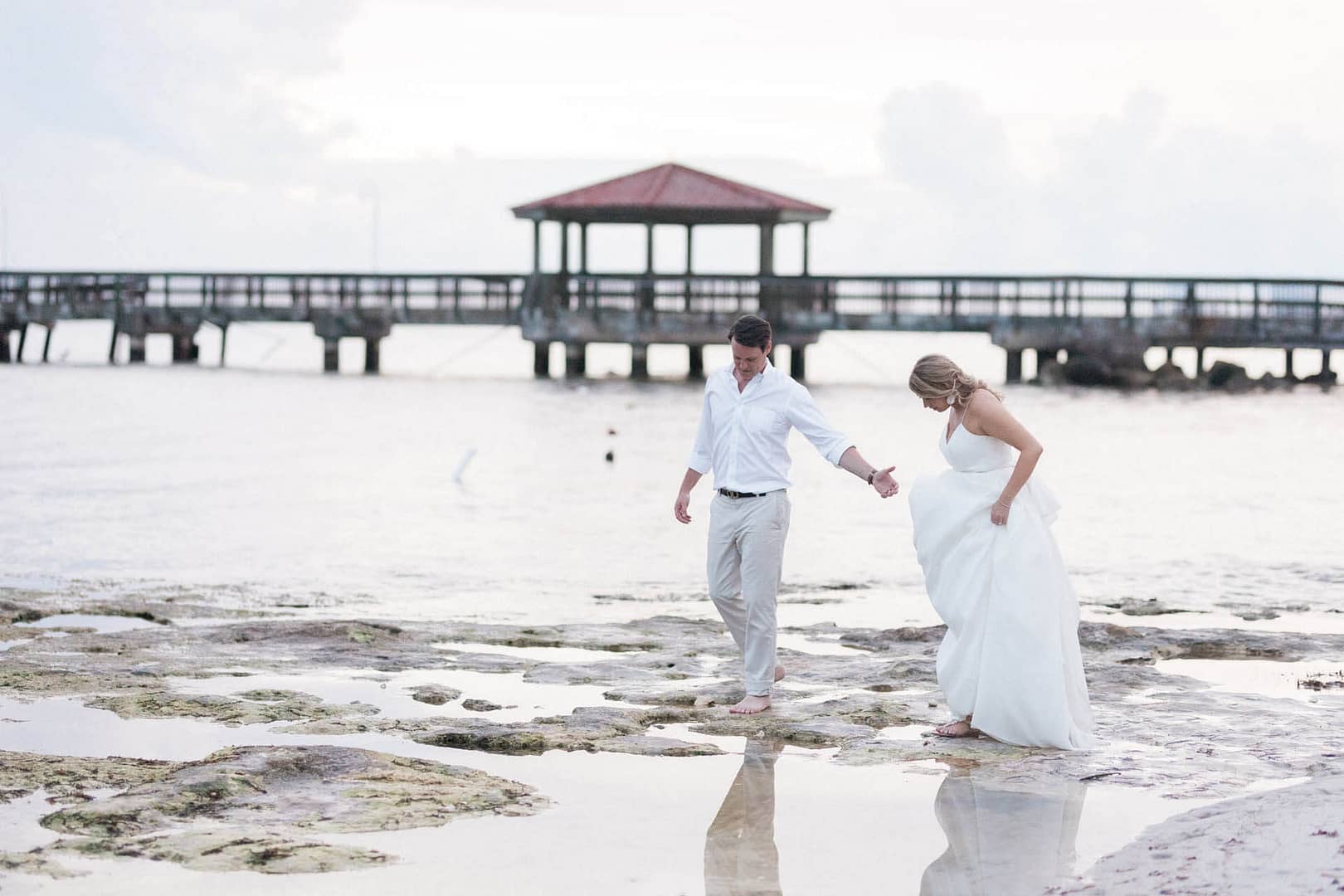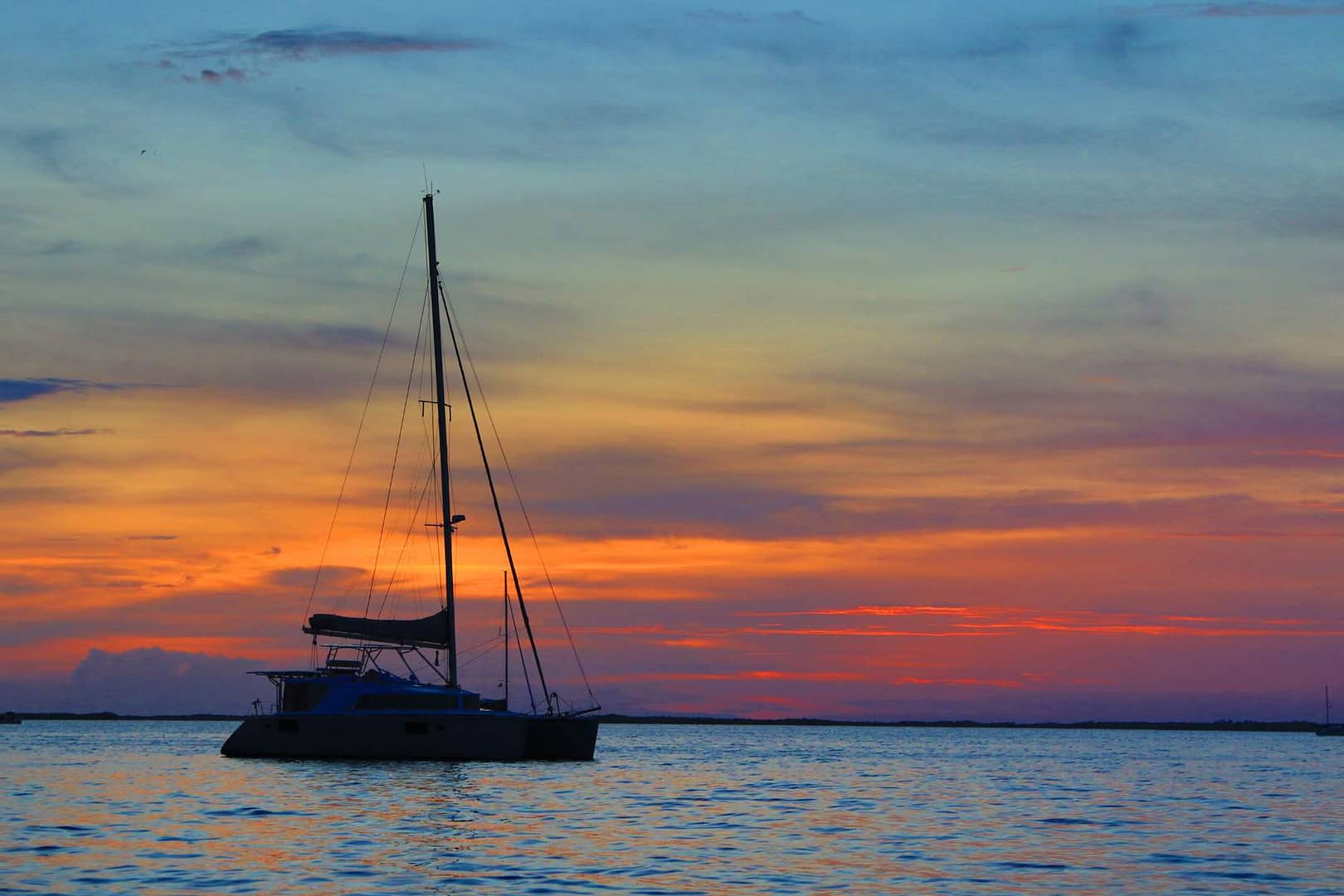
An Island of Many Names
Welcome to Key West, a tropical paradise that boasts a rich history, vibrant culture, and an array of intriguing names that reflect its multifaceted identity. Nestled at the southernmost tip of the Florida Keys, Key West is more than just a destination—it’s a living tapestry of stories and monikers that have evolved over centuries. In this blog, we will embark on a journey to uncover the different names for Key West, each offering a unique perspective on this enchanting island.
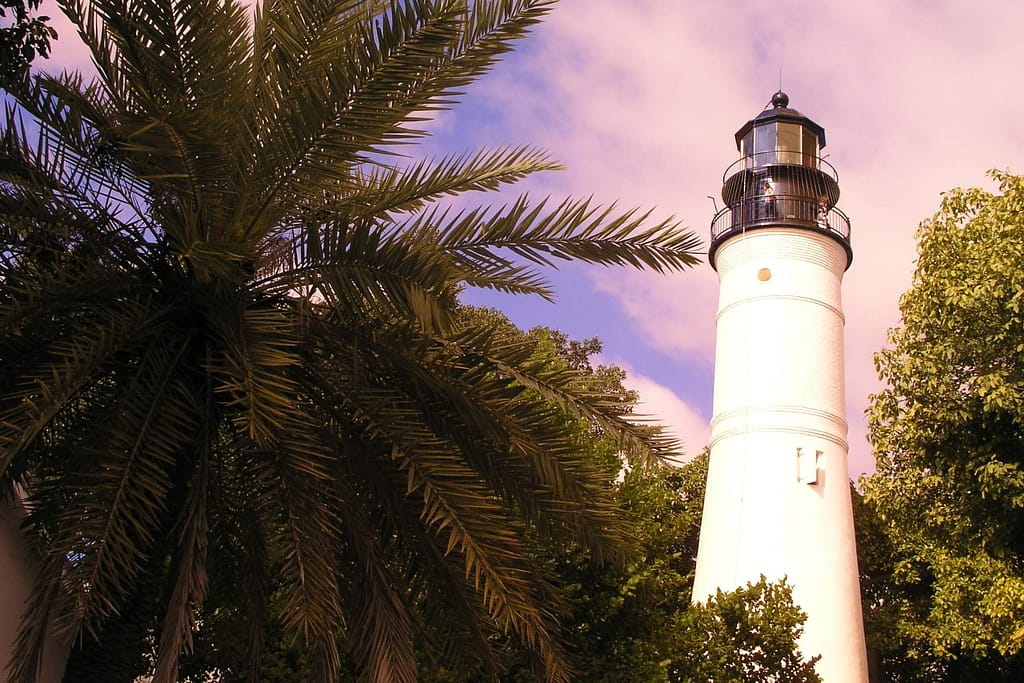
The Different Names of Key West
The Original Name: Cayo Hueso
Key West’s story begins long before the first settlers arrived.
The island was originally inhabited by the Calusa and Tequesta tribes. When Spanish explorers first set foot on this tropical land in the early 16th century, they found an island littered with bones. These bones likely belonged to the indigenous people who had inhabited the area for thousands of years. Consequently, the Spaniards named the island “Cayo Hueso,” which translates to “Bone Island.” This name stuck, as early maps and documents referenced this moniker, embedding it into the island’s identity.
Key West: The Anglicized Transformation
As British and American influences began to permeate the region, the name “Cayo Hueso” gradually transformed into Key West. The exact origins of “Key West” are somewhat murky, but it is widely believed that “Key” is an anglicization of “Cayo,” and “West” was added due to its geographical position as the westernmost Key.
By the early 19th century, when the United States took control of Florida, “Key West” had firmly replaced “Cayo Hueso” in common usage. The name transition speaks to the island’s blend of cultures and the melting pot that it would become.
The Conch Republic: A Symbol of Independence
One of the most whimsical and beloved names for Key West is the “Conch Republic.” This name emerged during a peculiar chapter in 1982 when the U.S. Border Patrol set up a roadblock on the only road connecting the Florida Keys to the mainland. Frustrated by the economic impact and what they perceived as an overreach, the citizens of Key West declared their symbolic secession from the United States, proclaiming themselves the Conch Republic.
This tongue-in-cheek gesture was a form of protest, but it resonated deeply with the independent spirit of the islanders. Today, the Conch Republic endures as a playful yet proud reminder of Key West’s defiant and free-spirited nature.
The Southernmost City: A Geographic Claim to Fame
Key West proudly carries the title of the “Southernmost City” in the contiguous United States. This geographical fact is more than just a trivial detail; it has become a significant part of the island’s identity.
Visitors flock to the famous Southernmost Point Buoy, a large concrete marker that signifies the southernmost point in the continental U.S., just 90 miles from Cuba. This name not only emphasizes Key West’s unique location but also adds to its allure as a gateway to exotic adventures and a hub of cultural convergence.
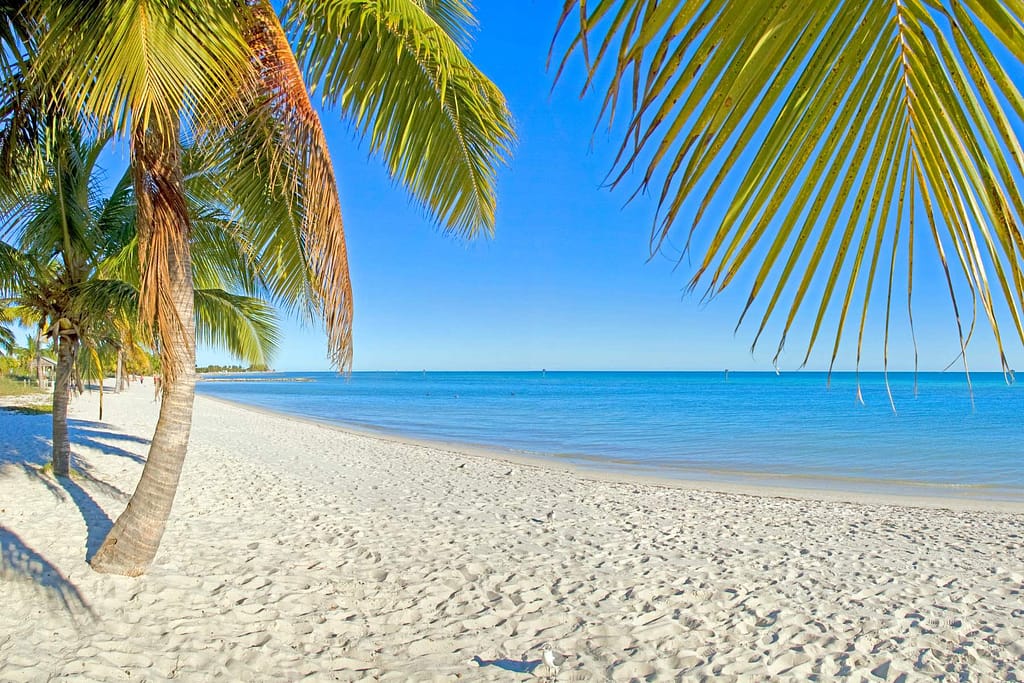
Margaritaville: The Musical Moniker
Thanks to the famed musician Jimmy Buffett, Key West is often affectionately referred to as “Margaritaville.” Buffett’s 1977 hit song “Margaritaville” immortalized the island’s laid-back lifestyle and its association with eternal sunshine, tropical breezes, and a carefree attitude.
While Margaritaville may be more of a state of mind than an official name, it has undeniably shaped the perception of Key West as a haven for those seeking an escape from the hustle and bustle of everyday life. For many, Key West is the embodiment of that easygoing, island vibe that Buffett so vividly captured in his music.
Hemingway’s Haven: A Literary Legacy
Ernest Hemingway, one of America’s most celebrated authors, made Key West his home during the 1930s. His presence left an indelible mark on the island, leading many to dub it “Hemingway’s Haven.” His former residence, now the Ernest Hemingway Home and Museum, is a popular attraction, drawing literary enthusiasts from around the world. The island’s influence on Hemingway’s work and life is undeniable, and this name serves as a testament to the profound connection between the writer and the island that inspired him.
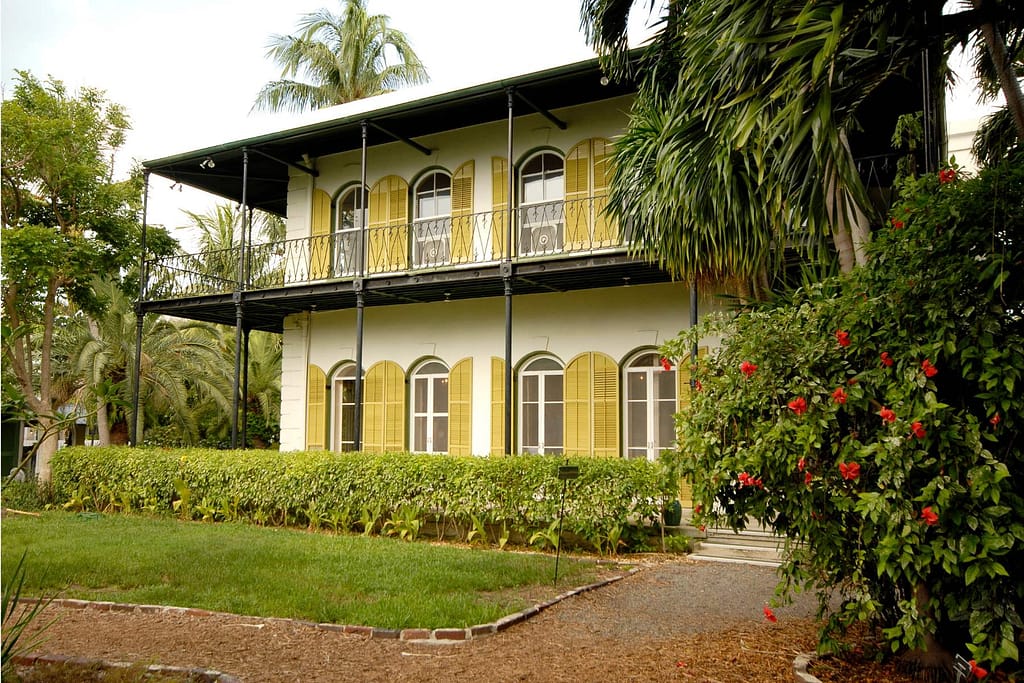
The Island of Roosters: A Colorful Nickname
Roosters roaming freely around Key West have become an iconic symbol of the island. These feathered residents, often accompanied by hens and chicks, add a splash of color and a touch of whimsy to the streets. The abundance of these birds has led to the island being whimsically referred to as “The Island of Roosters.” This nickname highlights the harmonious coexistence between the island’s human inhabitants and its vibrant wildlife, adding another layer to the multiple names given to it throughout history.
Thompson’s Island: A Tribute to Naval Heritage
Key West’s strategic location also made it a valuable asset for the United States Navy. During the early 19th century, the island was known as Thompson’s Island, named in honor of an early navy officer, John D. Thompson. The naval base played a crucial role in protecting American interests in the Caribbean and Gulf of Mexico, especially during times of conflict. Thompson’s Island underscores the island’s military significance and its contributions to national security, a facet of Key West that is often overshadowed by its more leisurely attributes.
As we reflect on the many names of Key West, we see a mosaic of influences that have shaped the island’s identity. From its early days as Cayo Hueso to its more contemporary nickname of the Conch Republic, every name adds to the fabled history of this fun island.
Pin This!
